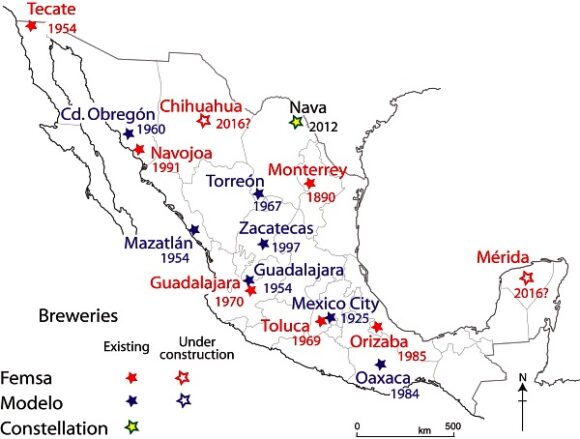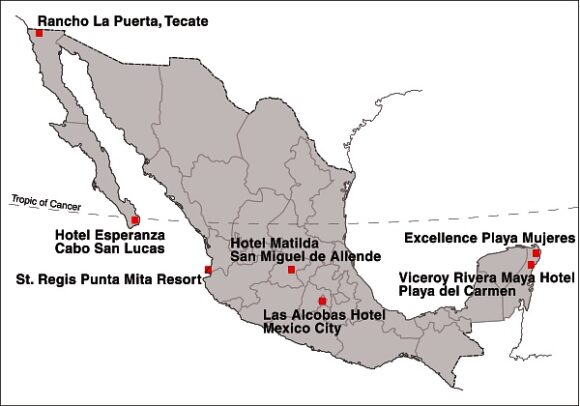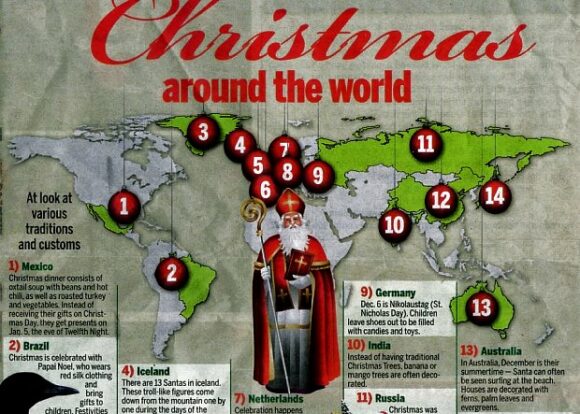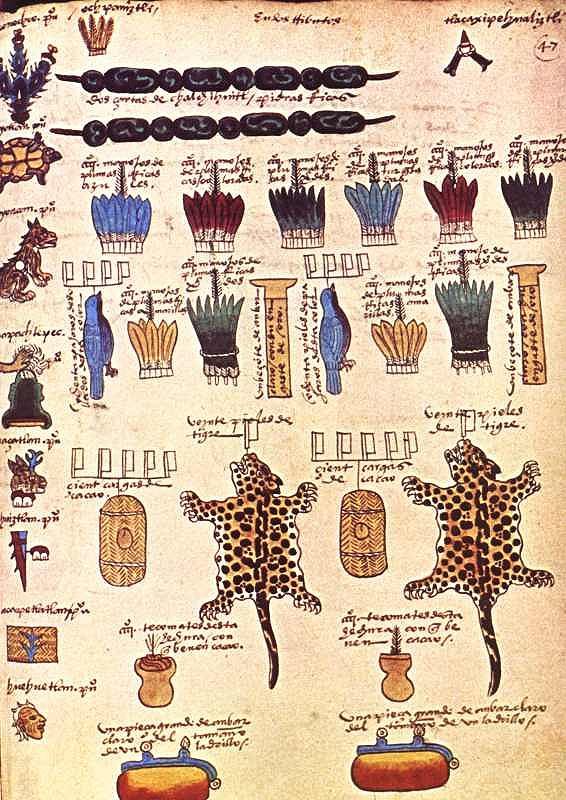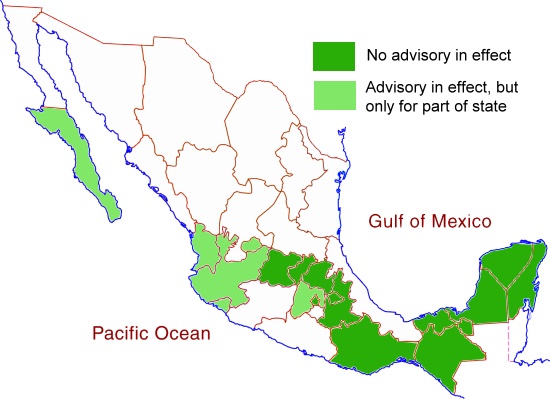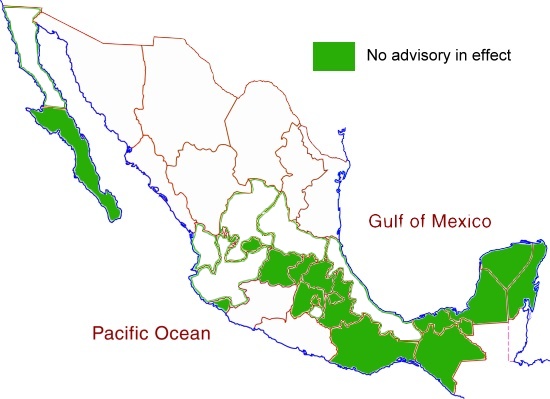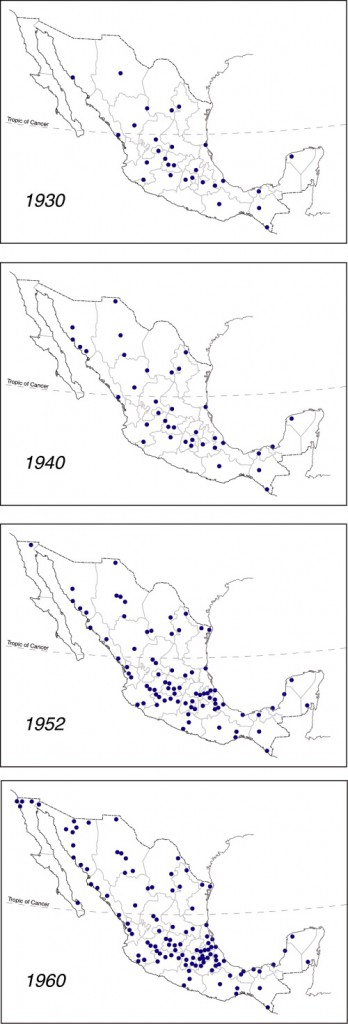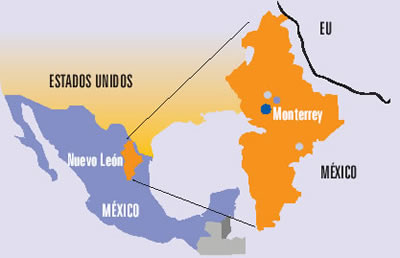In a previous post – The emergence of two major beer-makers in Mexico – we looked at how Mexico’s beer industry came to be dominated by two large players: Femsa and Modelo, both now owned by foreign corporations.
The map below shows the location and date of inauguration of all major breweries in Mexico.
How large is Mexico’s market for beer?
A 2010 report from the national beer industry claims that the average annual consumption of beer in Mexico is 60 liters per adult, a figure that has not changed significantly in the last 20 years. The equivalent figure in Germany is 120 liters a person, so there is still considerable potential for growth. Mexico’s breweries provide about 80,000 jobs directly and a further 800,000 indirectly.
Total beer sales each year are worth as much as 20 billion dollars. The value of sales has risen sharply, at about 5% a year, due mainly to higher exports. Mexico has become the world’s second largest beer exporter, after the Netherlands, and is the world’s sixth largest producer and consumer of beer, brewing over 8.6 billion liters a year.
The USA is the main export market. Five of the 25 most popular brands in the USA are Grupo Modelo beers: Corona, Modelo Especial, Corona Light, Pacífico and Negra Modelo. This has helped Grupo Modelo, Mexico’s leading brewer, become the world’s sixth largest brewer. Modelo’s Corona beer has been the #1 imported beer in the USA since 1997. It is one of the world’s top five beers in terms of sales, even though it is not especially popular in Mexico!
One of Modelo’s fastest growing export markets is China, where it has rapidly become the second most popular imported beer. In Mexico’s domestic beer market, Modelo and Femsa face increased competition from imported beers such as Budweiser, Miller and Heineken.
There are several other smaller breweries in addition to those owned by Femsa and Modelo. One significant trend, echoing other regions in North America, has been a marked upswing in the number of small, specialist, boutique breweries, such as Cervecería San Angel and the Santa Fe Beer Company in Mexico City and Minerva Brewery in Guadalajara. Other popular brands of craft beer include Perro Negro from Guadalajara, Insurgente from Tijuana, Libertadores from Michoacán and the varied products of the Baja Brewing Company from Los Cabos.
These smaller “craft” breweries produced 10.5 million liters of beer in 2014, according to the Mexican Beer Makers Association (Asociación de Cerveceros de la República Mexicana, Acermex), and account for only 0.16% of the total market, but their share of the market is growing at more than 40% a year. The association hopes that smaller breweries can enjoy as much as 1% of the market by 2016.
The rise of craft beers has seen a corresponding proliferation of specialist pubs that stock pale ales, pilsners, porters, stouts and wheat beers in the trendier districts of all the major cities, including Mexico City, Guadalajara, Monterrey and Querétaro.
In Guadalajara, in 2008, two local craft breweries – Cerveceria Minerva and Cerveceria Revolución – co-founded the Guadalajara Beer Festival to showcase Mexican their products and introduce previously unavailable European import brands. The festival is now a three day event that attracts as many as 30,000 visitors a year; it claims to be Latin America’s largest beer festival.
Mexico’s economic geography is analyzed in chapters 14–20 of Geo-Mexico: the geography and dynamics of modern Mexico. Buy your copy of this invaluable reference guide today!
